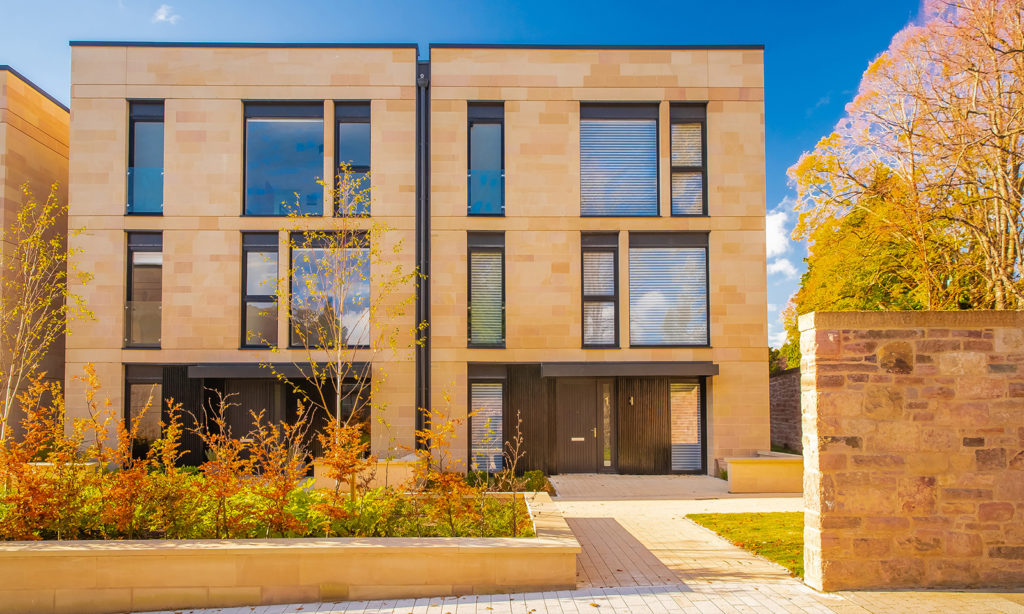As 2019 approaches, director of Queensberry Properties, Steven Simpson considers how the Scottish residential market has performed this year, and summarises what to expect over the next twelve months.
“It’s fair to say 2018 has been a particularly eventful year from a political standpoint, with lengthy negotiations regarding the United Kingdom’s departure from the European Union. However, events in Westminster and Brussels haven’t had as much impact on the streets of Edinburgh and Glasgow as some observers might have expected. The Scottish residential property market is currently outperforming most regions within the UK, while Edinburgh is outstripping other central belt towns and cities in terms of price growth.
“For Queensberry Properties Ltd (QPL), 2018 has been a highly successful year. As a joint venture partnership between Cruden Homes (East) Ltd and Buccleuch Property, we have developed a strong presence in key markets, particularly in Edinburgh and now in Glasgow, where some of 2018’s strongest house price growth has been reported by estate agents. Rettie’s Scottish Residential Market Review for Autumn 2018 revealed a national price rise of 5%, with Edinburgh and Glasgow enjoying robust year-on-year growth of 6%. Scottish house price rises would have been even stronger without the issues affecting Aberdeen’s economy, with average prices in the Granite City largely unchanged from five years ago.
Reflecting on the market
“Rettie’s positive outlook is mirrored by other leading property organisations. Savills announced in the autumn that Edinburgh’s value growth had outstripped every other major city in Scotland, with transactions below £250,000 only held back by a lack of supply. Over in Glasgow, price rises are being driven by an increase in sales activity within higher price bands. Rural areas across Scotland are also achieving strong selling prices, thanks to an imbalance between supply and demand.
Rising prices and record transaction levels above the £325,000 LBTT band suggest the wider residential sector is going to enjoy a very happy New Year. There is strong evidence that the forthcoming Brexit speed bump won’t derail the market – in the last five years, Scotland has introduced LBTT and the Additional Dwelling Supplement with little adverse effect. The 2014 independence referendum demonstrated the Scottish residential market’s resilience in the face of political uncertainty, and we anticipate Brexit will be just one of many factors affecting seller confidence and buyer demand throughout 2019.
In with the new
“Closer to home, QPL will be launching our contribution to the New Waverley masterplan in Edinburgh next year. We will be marketing the first residential building due to be completed in this £200 million mixed-use masterplan, with residents expected to start moving in by summer 2020. Alongside the acquisition earlier this year of a 49-plot residential development site in Glasgow’s west end, 2019 could be a record-breaking year for QPL in terms of activity and turnover. We hope – and indeed expect – the wider Scottish property market will enjoy an equally positive year, despite the inevitable headwinds from political and economic events”.

